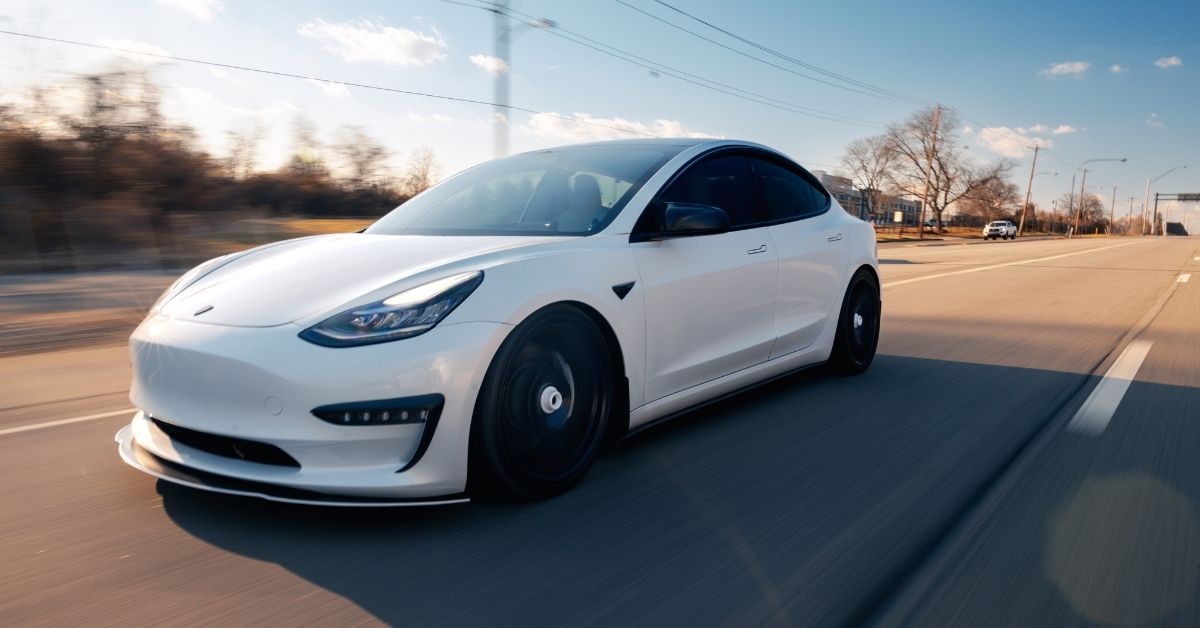Thinking of going electric? The Tesla Model 3 has become a go-to choice for Australians curious about electric vehicles (EVs).
But before jumping behind the wheel, it helps to know both the perks and the pitfalls. This guide walks you through what it’s like to own a Model 3 in Australia – warts and all.
Introduction
There’s no denying Tesla has sparked a serious shift in how Aussies think about driving. The Model 3, in particular, is one of the most talked-about EVs on the road.
Some call it futuristic. Others say it’s a bit too minimal. Either way, it gets people talking.
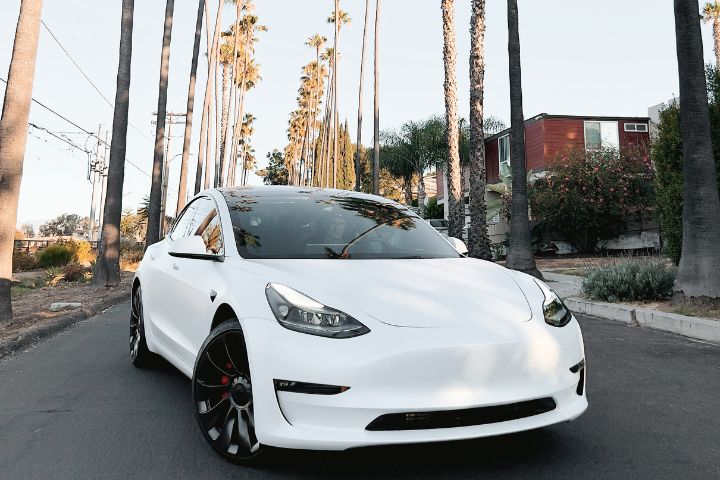
Why the Tesla Model 3 Is a Popular Choice in Australia
With government rebates, growing charging networks, and high petrol prices, many Australians are eyeing EVs.
The Model 3 stands out thanks to its slick design, performance, and badge appeal. It’s one of the top-selling electric cars down under, with buyers ranging from tech fans to city commuters.
What This Article Covers
We’ll break down the good and the not-so-good. You’ll find real-world pros and cons, local insights, and practical considerations.
By the end, you’ll know whether a Tesla Model 3 suits your lifestyle – or if it’s better left in the showroom.
Overview of the Tesla Model 3
The Tesla Model 3 is a mid-size, all-electric sedan. It’s Tesla’s most affordable model, but don’t let that fool you – it packs a punch.
Key Specifications and Models Available
There are three main variants available in Australia:
- Standard Range Plus: Rear-wheel drive, around 513 km WLTP range
- Long Range: Dual motor all-wheel drive, approx. 629 km WLTP range
- Performance: All-wheel drive, high acceleration (0-100 km/h in 3.3 seconds)
Each version comes with different wheels, suspension, and interior touches, but all share the minimalist dashboard and single-screen interface.
Market Position and Popularity in Australia
Since its Australian debut, the Model 3 has led EV sales charts. It appeals to buyers looking for premium features without jumping to luxury-car price tags.
Tesla’s direct sales model and constant updates help maintain its buzz.
The Pros of Owning a Tesla Model 3
Let’s start with the shiny side of the coin. The Tesla Model 3 offers plenty of perks that go beyond just “being electric.”
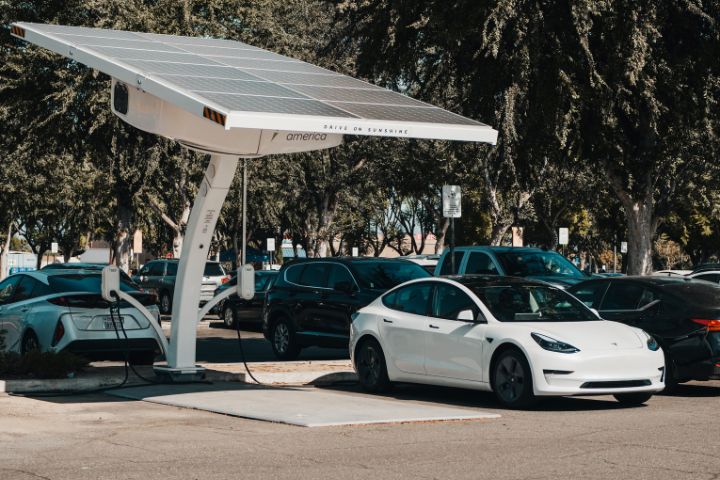
1. Impressive Acceleration and Handling
This car is quick. Even the base model can beat many sports cars off the line. Instant torque and a low centre of gravity make for tight, confident handling. It’s more than zippy – it’s fun.
2. Low Running and Maintenance Costs
Electricity costs less than petrol. Plus, EVs have fewer moving parts, so there’s no engine oil, spark plugs, or timing belts to worry about. That means fewer trips to the mechanic and more money in your pocket.
3. Advanced Technology and Software Features
The Model 3 is like a computer on wheels. You get features like Autopilot, voice commands, and even
Netflix stops while charging. Regular software updates bring new tricks to your car without stepping outside.
4. Access to Tesla’s Supercharger Network
One of Tesla’s biggest advantages is its charging infrastructure. Superchargers are fast and reliable, and they’re popping up across Australia. It makes road trips far less stressful.
5. Strong Resale Value and Brand Perception
Teslas tend to hold their value better than many other EVs. The brand still carries a certain wow factor, which helps if you ever decide to sell or trade it in.
6. Environmental Benefits and Zero Emissions
No tailpipe emissions mean cleaner air and a smaller carbon footprint. For those trying to live greener, the Model 3 offers a guilt-free commute, especially if charged from solar panels at home.
7. Over-the-Air Software Updates and Improvements
Owning a Tesla feels like owning a device that improves over time. New features, bug fixes, and performance boosts roll out over the air, just like your phone. It’s car ownership redefined.
8. Minimalist and High-Quality Interior Design
Some love it, some miss buttons. But there’s no denying the cabin feels clean and forward-thinking. The lack of clutter gives it a modern charm, and the glass roof makes the space feel bigger than it is.
The Cons of Owning a Tesla Model 3
Every rose has its thorn, and the Model 3 is no exception. Here’s what might give you pause before going electric.
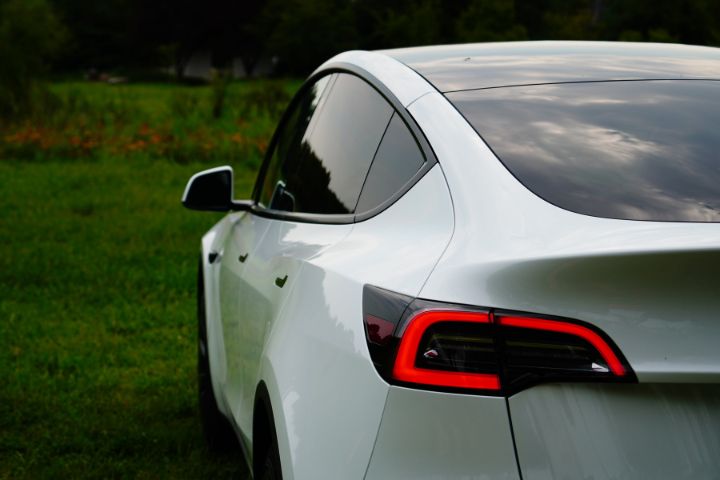
1. High Initial Purchase Price
Even the base model isn’t exactly cheap. Government incentives help, but many buyers still find the upfront cost a stretch. It’s more affordable than it used to be – but not budget-level yet.
2. Charging Infrastructure Limitations in Some Areas
Major cities have plenty of chargers. Head into regional Australia, though, and things get sparse. Long trips need more planning than a petrol car, and waiting times can test your patience.
3. Build Quality and Fit-and-Finish Variability
Panel gaps. Paint issues. These aren’t deal-breakers, but they crop up enough to mention. Tesla’s build consistency has improved, but it’s still a bit of a mixed bag.
4. Dependence on Touchscreen Controls
Everything – from windscreen wipers to opening the glovebox – is on the touchscreen. It looks sleek, but it can feel fiddly while driving. Some people miss physical buttons.
5. Limited Warranty Coverage Compared to Competitors
The basic vehicle warranty is 4 years or 80,000 km. That’s decent, but some rivals offer longer coverage. The battery gets 8 years, which is more reassuring.
6. Boot and Rear Seat Practicality Concerns
The boot opening is narrow, making it tricky to load large items. Rear seat space is okay, but not roomy. If you’re hauling gear or tall passengers often, it’s something to think about.
7. Battery Range Degradation Over Time
Like all lithium-ion batteries, Tesla’s lose capacity over time. It’s slow, and Tesla’s systems manage it well, but the range will gradually drop after years of use.
8. Lack of Traditional Service Network
No dealers. No local mechanics. If something goes wrong, you may be waiting for mobile service or a trip to a distant service centre. That’s fine in the city, but less ideal in remote areas.
Australian Context: What Tesla Model 3 Owners Say
The real test? How does it hold up in everyday Aussie life? Here’s what owners say about their experiences.
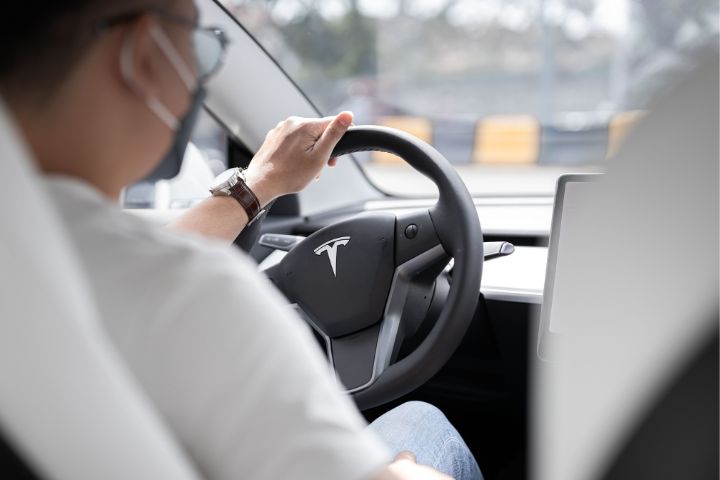
Feedback from Australian Drivers
Many love the instant acceleration, smooth ride, and tech-filled cabin. Others mention road noise on certain surfaces and the need to adjust to touchscreen-heavy controls.
Still, most agree it’s a thrill to drive.
Driving and Charging Experiences Across Australia
In cities like Sydney and Melbourne, charging is common and driving is easy.
In rural towns, charging can take more planning. Some owners keep a backup petrol car for longer trips just in case.
Regional Considerations: Urban vs Rural Ownership
Urban dwellers are the best fit for the Model 3. Daily commutes, access to chargers, and short distances make EV life simple. In the bush, you’ll need to map out charging stops and pack a bit more patience.
Things to Consider Before Buying a Tesla Model 3
Buying a Tesla isn’t just about the car – it’s about your lifestyle. Here’s what to think about before signing the dotted line.
Budgeting for Extras: Home Chargers, Accessories, Insurance
While you can charge your Tesla through a standard electrical outlet, a wall charger will provide faster charging. However, wall chargers can cost around $1,000–$2,000 to install.
Extras like floor mats or wireless charging pads are additional. Insurance can also be higher than average, depending on your profile.
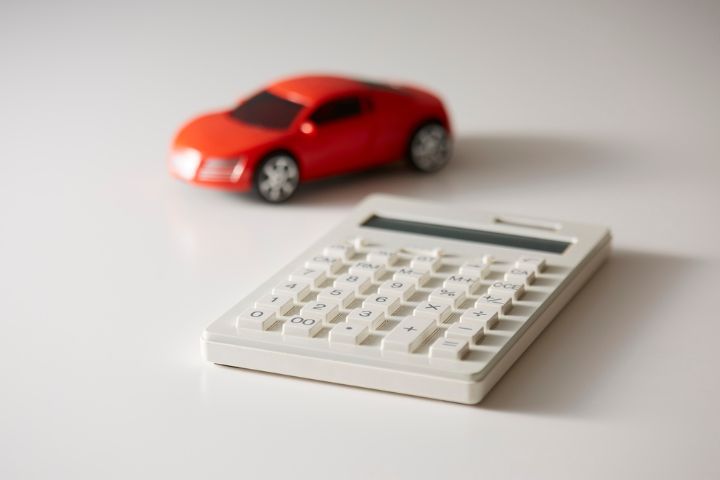
Understanding Tesla’s Direct-to-Consumer Model
No haggling, no dealerships. You order online and pick it up or get it delivered. Some find it refreshingly simple; others miss the human touch. Test drives can be arranged, but service is mostly digital.
How the Model 3 Compares to Other EVs in Australia
Against rivals like the Polestar 2, Hyundai Ioniq 6, or BYD Seal, the Tesla still leads in tech and charging. But competitors are catching up fast, often with more features or better pricing. It’s worth comparing.
Conclusion
The Tesla Model 3 is a standout EV with serious perks. But it’s not perfect. From rapid acceleration to digital quirks, it’s a car that breaks the mould – and divides opinions.
Is the Tesla Model 3 the Right Choice for You?
If you live in a city, want low running costs, and love tech, it’s a compelling option. If you live remotely or prefer traditional controls, think twice. Like any big purchase, it’s all about fit.
Weighing the Pros and Cons in the Australian Market
At the end of the day, it’s a trade-off. You get innovation, efficiency, and a badge that turns heads. But you also deal with quirks, costs, and the EV learning curve.
Know what you’re getting – and you’ll likely enjoy the ride.

